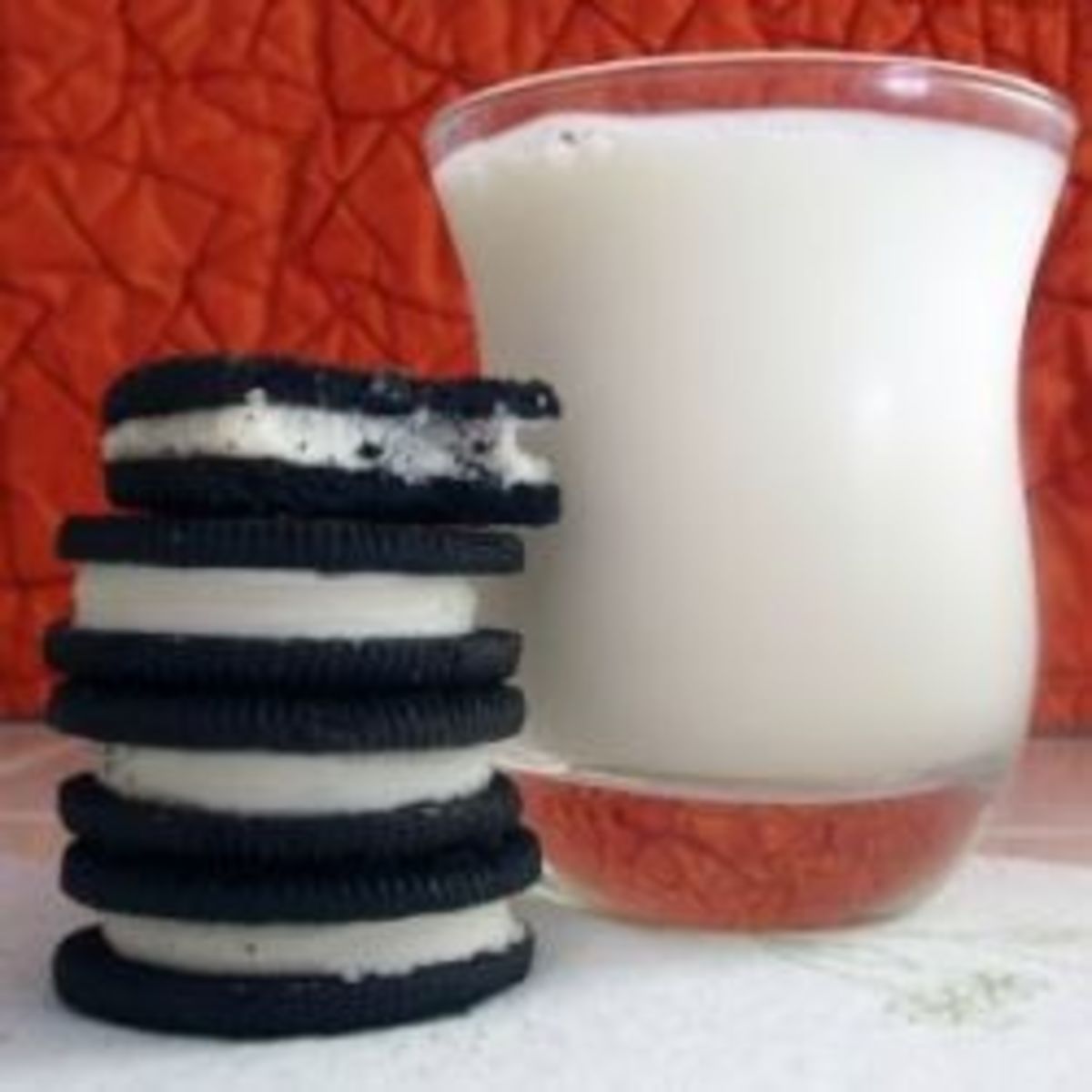How to Lose Those Last Pounds
You can pick and choose from many a weight loss program out there and some are very good. You can stick to the best diets and follow all of the tips, but still struggle to lose weight; especially those last few pounds. What is it? Why do you reach this plateau and never seem able to get to and / or stay at your elusive goal weight? What is the key to effective weight loss? The answer lies in the set point weight theory.
This theory was developed in 1982 when researchers set out to answer this specific question about the plateau we reach in weight loss plans. Simply put, according to the set point theory, our weight and body fat percentage are predetermined and our system will always try to maintain the set levels of these indicators. Your set point weight could be high or low – it is what it is. We have built-in control mechanisms that will work to adjust our weight and body fat percentage should they move too far away from their respective set points. Let’s explore this theory a little more.
How are these levels set? Well, the main factor is genetics. Your set point weight is mostly something passed on to you through your genetic makeup; however, there are biological factors too. The main one in this case is the number of fat cells that you have in your body after your first year of life. Your diet and exercise regime is what will determine how big these cells become and this is where you do have control when it comes to weight loss but, once you have reduced the size of these cells, you may still not be at your desired weight and it will become very difficult to get there as you need to go below your body’s set point weight.
How does the body regulate body weight? Well, the main mechanism is by controlling our metabolic rate. If our weight starts to fall below our set point weight, our body will respond as if we are going into starvation. It will slow down our metabolism in order to conserve energy – so further weight loss is hindered. When we rise above our set point weight, the body will tend to increase its metabolism to remove excess weight and maintain your predetermined mass. Other factors will also act to maintain this weight, for example, your hunger levels. If your weight is rising, your body will release hormones to curb your appetite and vice versa.
This has significant implications if you start to consider efforts to lose weight.
When you follow diet programs the first few pounds may be relatively easy to shed but then, as time progresses, it becomes more difficult to lose weight further. Well, according to the set point weight theory, this is because you have reached your set point weight and your body is counteracting any efforts you are making to reduce your weight further. Even though you are still on a low calorie diet and a good exercise plan, you are not shedding the weight.

So, what you need to do in order to lose weight, get to your goal and stay there, is to lower your set point weight. At this point in time, it seems that the most effective way of achieving this is to increase your exercise.
Exercise for at least an hour several days a week. Your aim is to increase your muscle as this will enable you to increase your metabolism and thereby the number of calories you burn. Focus on working your large muscles – thighs and buttocks. Weight training, swimming, walking and running are good options.
Don’t stick to one exercise routine. Vary the workout and the intensity so that your body doesn’t become accustomed to it and its effectiveness declines. Pushing up the intensity is key to reducing your set point. Your exercise program mustn’t become “too easy”.
Reducing your calorie intake further is not going to make a difference because your body will simply lower your metabolic rate and make you hungrier. The thing is that we need to be at this set point weight in order to function at our best on all levels, both physical and mental. Never compromise safe weight loss. What you can do is ensure that you have a healthy diet and eat smaller meals more frequently. Each time you eat your metabolic rate increases.
Reducing your set point weight may not be the easiest thing to do, but it is possible. Dedication and determination to watch your diet and push your exercise plan are required. According to the mounting evidence in support of this theory, it is the way in which you are going to lose those last pounds and get to your goal weight (provided it is a healthy weight for you).
- Eat Less by Changing Your Eating Behavior
Eating is part of survival and, as such, our body naturally lets us know when it requires nourishment; in turn, it responds when we have had sufficient to eat. However, more and more, external factors are also playing a part in when we start and stop - How to Lose Weight and Gain Energy with a Food Combining Diet
There are countless diet programs, food tips and meal plans available. All have their own special advice; however, although they are telling you how much to eat and maybe when, not many talk about food combination...









